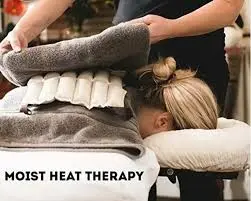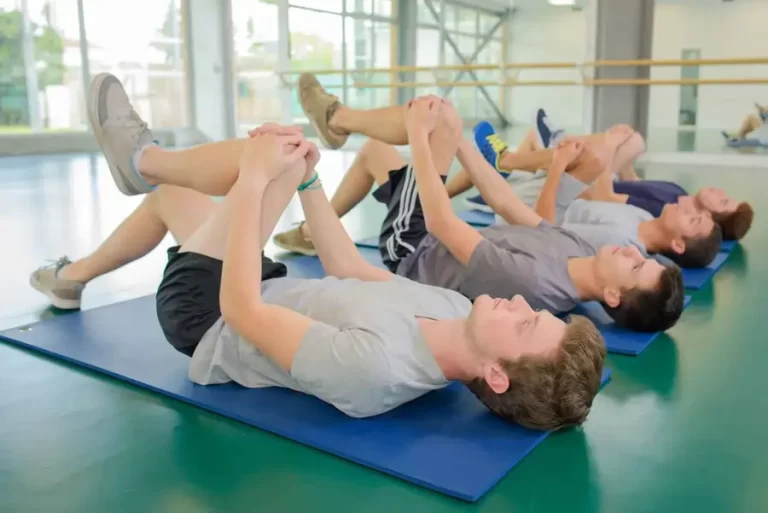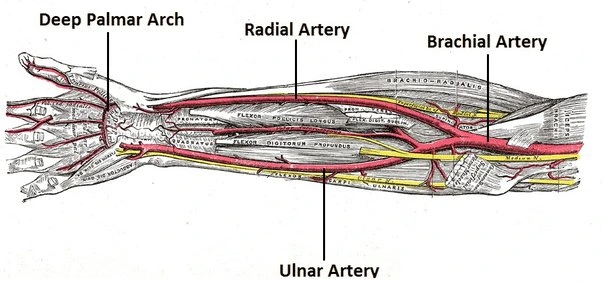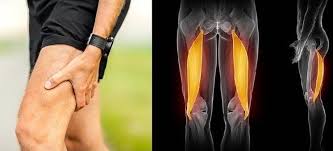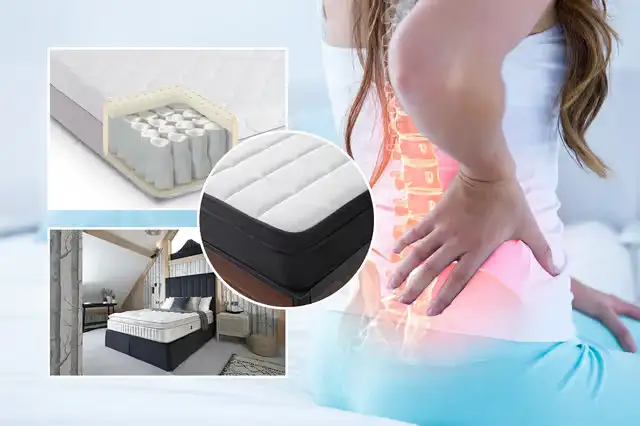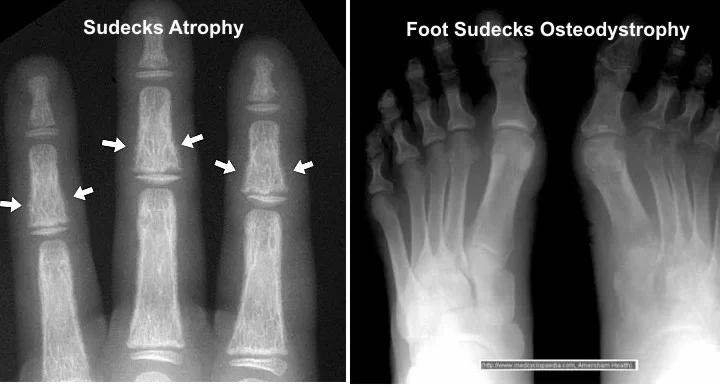Hot Packs Used in Physical Therapy
Introduction
In physical therapy clinics, hot packs are one kind of physical modality that is frequently utilized. Your physical therapist applies them to the affected portion of your body (PT).
Physical therapists apply wet heat packs directly to the exposed area that requires treatment after wrapping them in multiple layers of towels. However, why is heat used in your physical therapy sessions, and are there any hazards associated with utilizing hot packs?
Types of Moist Heat Therapy
Even though it’s a time-tested method, individuals frequently overlook the various kinds of heat packs that are useful for pain relief.
Electric heating pads
Electric heating pads have become more and more common in recent years. These devices are made up of insulated wires that are covered in flammable materials. You have the option to change the amount of heat applied to the affected area using the automatic and manual temperature control settings.
Gel packs
Reusable pouches containing water-based gels or gel particles can be warmed in a microwave for around 30 minutes. Being pliable and adaptable makes it one of the most useful instruments. It can be consumed in any place because it is simple to reheat.
Warm towels or washcloths
Pain can be reduced by soaking cloths in hot water for two to three minutes, then squeezing out any extra water before using. The benefits of these towels are temporary because the heat only lasts for five to ten minutes.
Benefits of Hot Packs
Hot pack heat has a number of significant advantages. These could consist of:
- Relaxes tight muscles, causing tissues to relax.
- reduces pain brought on by tense or spastic muscles.
- causes the blood vessels to dilate, improving the area’s circulation.
Improved blood flow to the affected area of your body aids in the intake of nutrients, oxygen, and healing-promoting cells. Moreover, metabolic waste products that may have accumulated near your wounded body region can be washed out by this improved circulation.
Who Benefits From Using Hot Packs?
Hot packs are usually beneficial for patients with specific problems in the physical therapy clinic. These circumstances could consist of:
- Arthritis
- Chronic pain
- Joint contracture
- Muscle spasms
- Chronic damage where there is a need for more blood flow
Heat aids in improving muscular movement and tissue extensibility following an injury.
Provides quick relief for acute pain
The skin’s sensory receptors are stimulated by applying a heat pack to the affected area. In the end, this lessens pain by assisting in the blocking of pain signals’ passage to the brain. Moreover, applying heat enhances circulation and blood flow, which gets rid of lactic acid accumulation—the cause of pain and stiffness.
Muscle and joint pain
A common treatment for easing joint and muscular pain is to use hot packs. Whether you’re suffering from fibromyalgia pain, arthritis stiffness, or soreness from a pulled muscle, applying heat can bring much-needed relief. The heat aids in easing pain, reducing inflammation, and relaxing tense muscles related to these illnesses.
Back pain
A common issue among many, lower back pain is frequently caused by overuse, small injuries, or muscle stress. One convenient and non-invasive way to treat this pain is with hot packs. The heat can greatly lessen agony by relaxing the muscles and increasing blood flow to the injured area.
Headaches
Painful headaches caused by tension are frequently caused by tense muscles in the neck and shoulders. By applying heat packs to these regions, the burning sensation might subside and the muscles can relax. In addition, comforting warmth can provide a multifaceted approach to treatment by reducing the stress and tension that are causing the headache.
Help reduce stiffness and improve mobility
Stretching the soft tissues surrounding the spine is facilitated by heat therapy. These would comprise connective tissues, muscles, and other things. Thus, consistent application of heat to the affected area will aid in relieving tension and enhancing your range of motion.
Moreover, causing vasodilation helps the body rid itself of carbon dioxide and metabolic waste while supplying more oxygen and minerals. This lessens stiffness and helps relax the muscles.
Promotes relaxation and reduces stress
The use of hot packs therapy lowers blood cortisol levels. On a chemical level, it also aids in the reduction of oxidative stress. These elements have a calming impact on your emotional and physical health.
Injuries Prevention
Heat packs, or any external substance that raises body temperature, simulate the effects of a fever. This lowers the amounts of C-reactive proteins and increases the production of monocytes and cytokines by your immune system. These defenses combat infections, remove dead cells, and protect the body from harm.
An efficient and secure substitute for painkillers
Applying heat packs is more advantageous than using over-the-counter drugs because it is non-invasive and drug-free. Because it encourages the body’s natural healing processes, there is less chance of adverse effects. For those with chronic diseases, heat therapy is a great substitute because medication dependency can have long-term effects.
Menstrual cramps
Hot packs are a common treatment used by women to ease the pain of monthly menstrual cramps. The warmth from a hot pack applied to the lower abdomen can produce a calming sensation that lessens the severity of cramps and eases muscle contractions.
Sports injuries
Hot packs are a common component of an athlete’s post-injury healing routine. Whether you have a torn muscle, an injured ankle, or just general pain from hard exercise, applying heat can help ease the pain and stiffness. Athletes may be able to return to competition sooner as a result of this hastening the healing process.
How Is Heat Applied?
It can be useful to understand how heat is applied to your body part by your PT if they decide to do so during your sessions. If you employ heat in PT, you’ll be ready that way. Heat is applied in particular methods:
- Your body should be positioned comfortably
- The physical. the portion that will be heated up should be visible.
- A hot pack will be provided by your PT via a hydrocollator. This is a large box filled with 160-degree hot water. The hot water is absorbed by the clay and sand-filled hot pack.
- The hot pack is wrapped in a terry cloth towel and applied to your body part to be treated.
It may not feel hot when the heat is first applied because it takes some time for the heat to get through the toweling. You will begin to feel the heat seep into your skin after a short while.
Who Should Avoid Using Hot Packs?
Under some circumstances, it is best to avoid using hot packs and wet heat. These could consist of:
- In regions where sensitivity is compromised or changed (such as tingling or numbness)
- In people with impaired mental capacity
- After acute injury
- Over joints with acute hemarthrosis
- In persons with multiple sclerosis who are sensitive to heat
Consult your healthcare professional if you have an injury and are thinking about applying heat to make sure utilizing hot packs is safe for you. To find out if using heat is appropriate for you, schedule an appointment with your physical therapist.
How Long Should Heat Be Used?
Your body is frequently subjected to heat or hot packs for ten to fifteen minutes. It is important to check frequently to make sure you are not overheating and to prevent skin injury. You have to take the hot pack from your body if you start to feel too hot. It is not advised to use heat frequently because it can harm your skin.
Things to Watch Out for When Using Moist Heat Therapy
Higher temperatures or direct contact with the hot pack on the skin can cause significant tissue damage, as was previously noted. As such, you should exercise caution when using this treatment method.
Check the temperature
The most significant element influencing how quickly the problem improves or worsens is the warmth of your hot pack. Heater temperatures can harm the skin’s protective layer, leading to burns and skin irritations. This may raise the chance of getting sick even more.
Avoid prolonged use
Long-term application of a heat pack to the affected area may cause blood vessel dilatation and the activation of pro-inflammatory cells. This causes excruciating pain and inflammation where the injury is.
Don’t use it on open wounds
An open cut may bleed more heavily if heat is applied, increasing blood flow. Moreover, blood vessels may enlarge as a result of vasodilation, prolonging inflammation.
Don’t use while sleeping
An open cut may bleed more heavily if heat is applied, increasing blood flow. Moreover, blood vessels may enlarge as a result of vasodilation, prolonging inflammation.
Follow the instructions
Taking into account the previously mentioned advice, it’s critical to adhere to best practices when giving heat to the injured area. Knowing the process and safety measures is essential if you use electric heating pads.
Potential complications
Even while hot packs are usually safe, you should be aware of a few potential risks. Among them are:
- Burns
- Skin irritation
- Increased swelling
- Increased pain
In the event that any of these issues arise, stop using the hot pack right once and consult a doctor.
Conclusion
In conclusion, heat packs are a frequently used physical therapy modality that provides a safe, non-invasive way to relieve pain, relax muscles, and encourage tissue healing. Hot packs can ease the pain of a variety of musculoskeletal disorders, including sprains, strains, and arthritis, by promoting blood flow, lowering muscular tension, and enhancing flexibility. They are an invaluable tool in rehabilitation settings because of their price, simplicity, and ease of application.
However, it’s essential to use hot packs safely and judiciously, considering individual patient factors and contraindications, to maximize their therapeutic benefits and minimize the risk of adverse effects. Overall, hot packs represent a practical and accessible option for enhancing patient comfort and facilitating recovery in physical therapy practice.
FAQ
Why are hot packs used in physical therapy?
When heat is applied, blood arteries are opened, allowing blood to flow freely to the injured area. More oxygen and nutrients are delivered to aching, worn-out, and wounded muscles by this improved circulation, speeding up the healing process.
What is a hot pack used for?
If you have stiffness or muscle pain, use a heating pad or pack.
This promotes healing by supplying the cells in the treated area with nutrition and oxygen. Heat can assist relieve pain and stiffness in the muscles and joints, as well as improve the range of motion.
How many layers for a hot pack PT?
To avoid burning, moist hot packs are typically wrapped in six or eight layers of towels. They are used for fifteen to twenty minutes. After using a hot pack, your skin might appear red. The redness should subside in four to six hours.
How to apply hot pack physical therapy?
Put the pack on.
Heat can permeate the tissues and relieve pain when it is applied to the affected area for 15 to 20 minutes while a thin cloth is wrapped over it.
References
- Inverarity, L. (2022, June 7). Hot Packs Used in Physical Therapy. Verywell Health. https://www.verywellhealth.com/hot-packs-physical-therapy-modalities-2696130
- Brahmbhatt, A. (2023, March 30). Moist Heat (Hot Pack) for Pain Relief: A Comprehensive Guide. https://www.physiotattva.com/therapies/moist-heat-hot-pack-for-pain-relief-a-comprehensive-guide
- Bayramov, U. D. T., & Bayramov, U. D. T. (2023, November 2). Hot Packs For Chronic Pain Relief: A Comprehensive Guide. Algoloji Uzmanı Dr. Tural BAYRAMOV – Kronik Ağrıların Tanı Ve Tedavisi. https://www.algolojiuzmani.com/hot-packs-for-chronic-pain-relief-a-comprehensive-guide/

